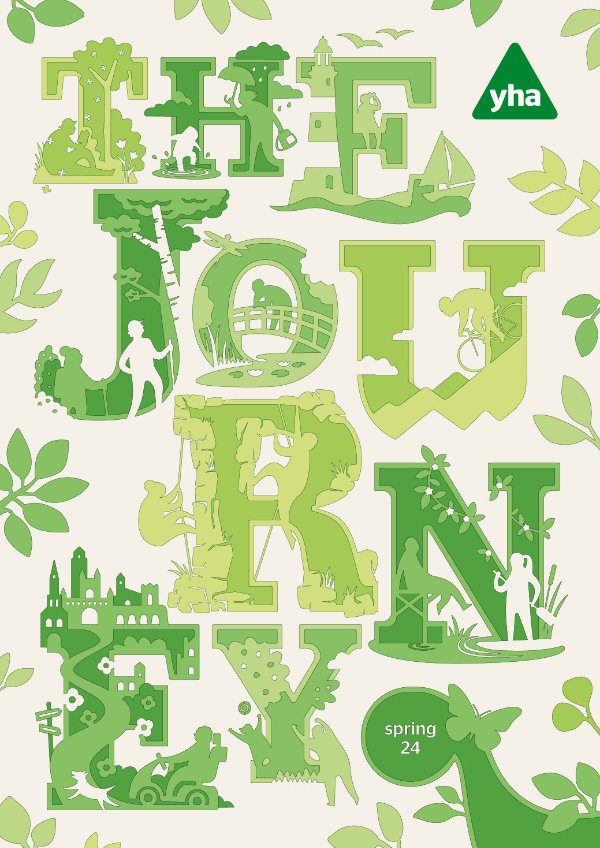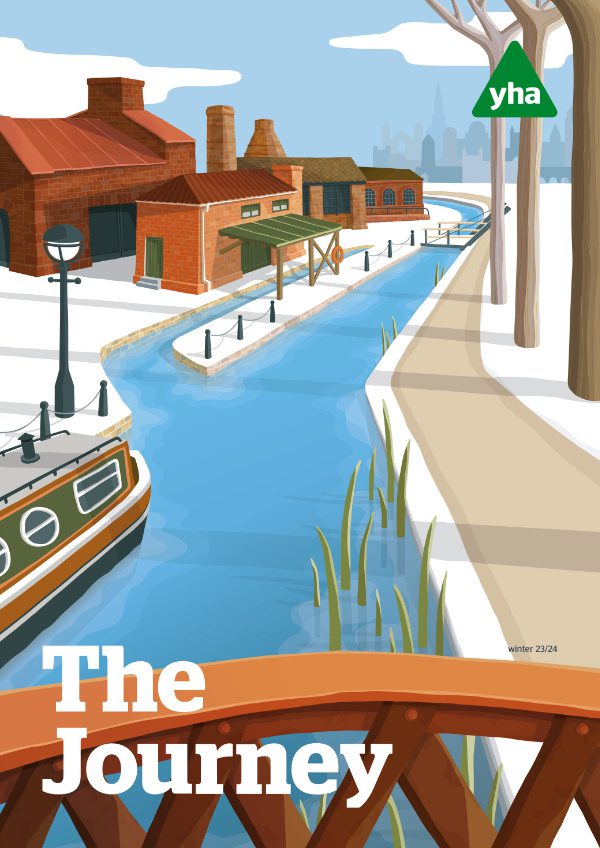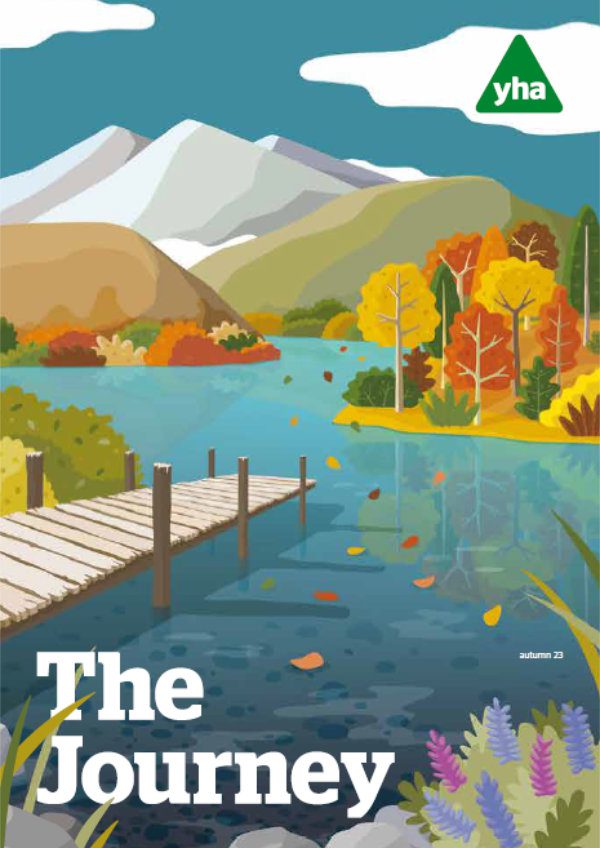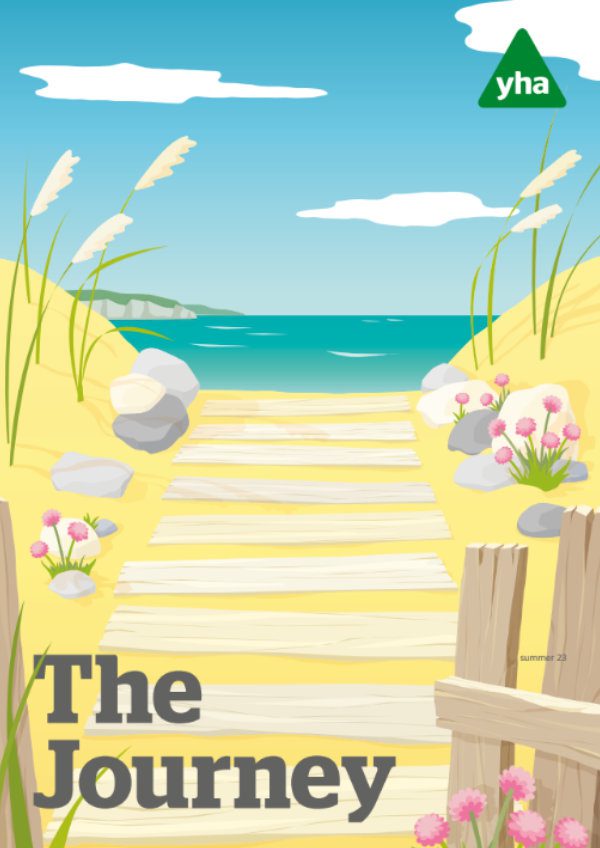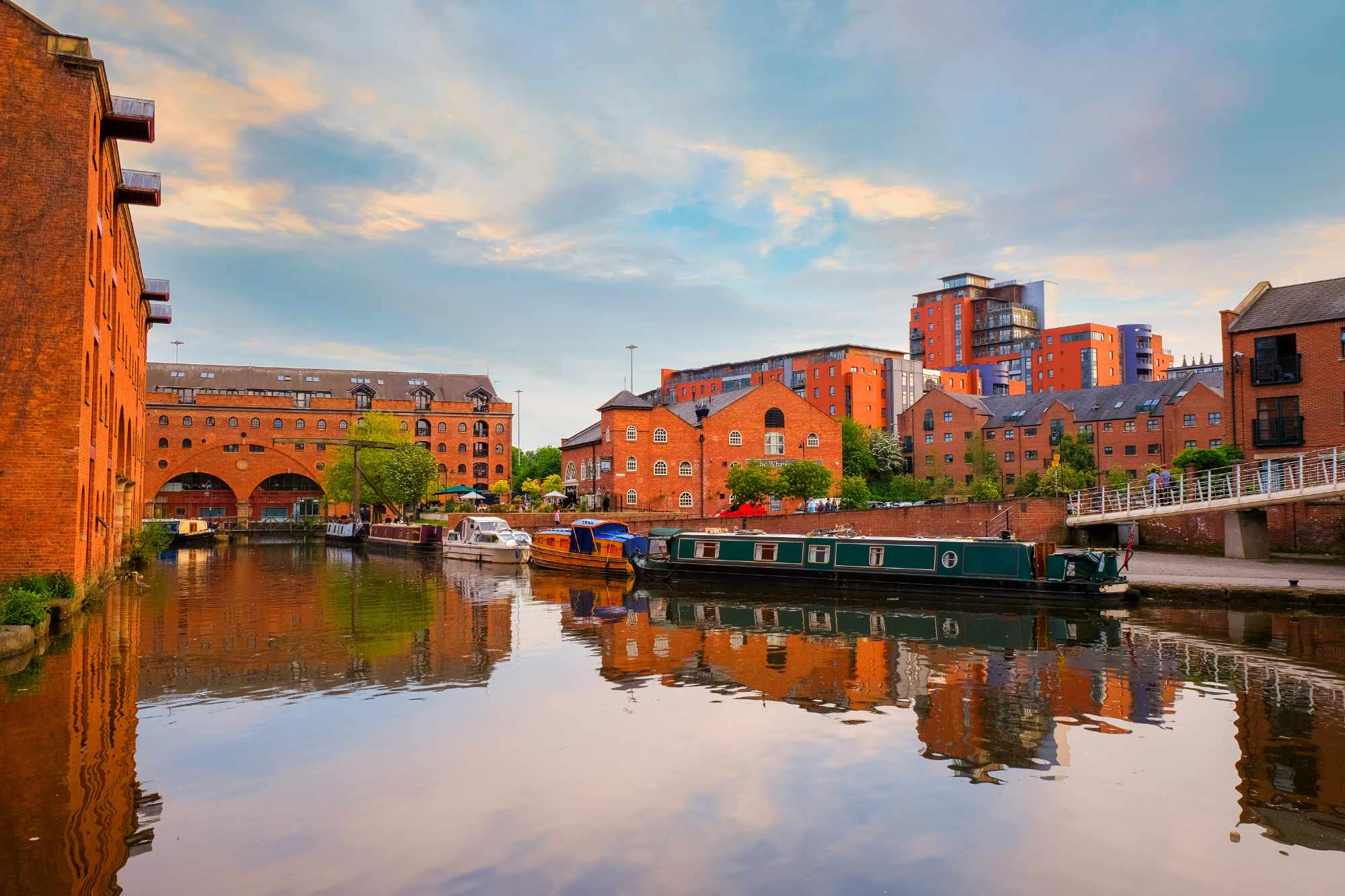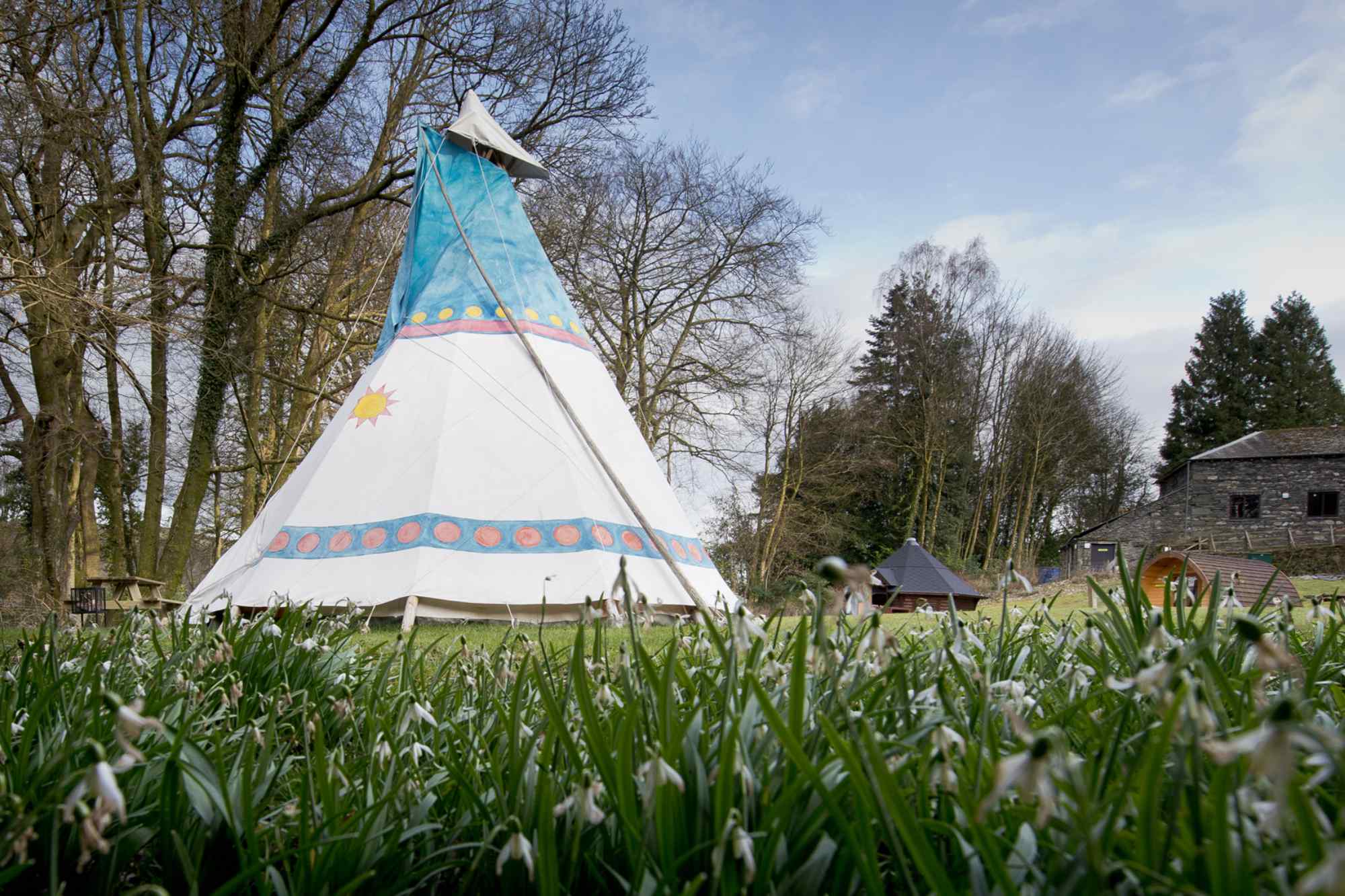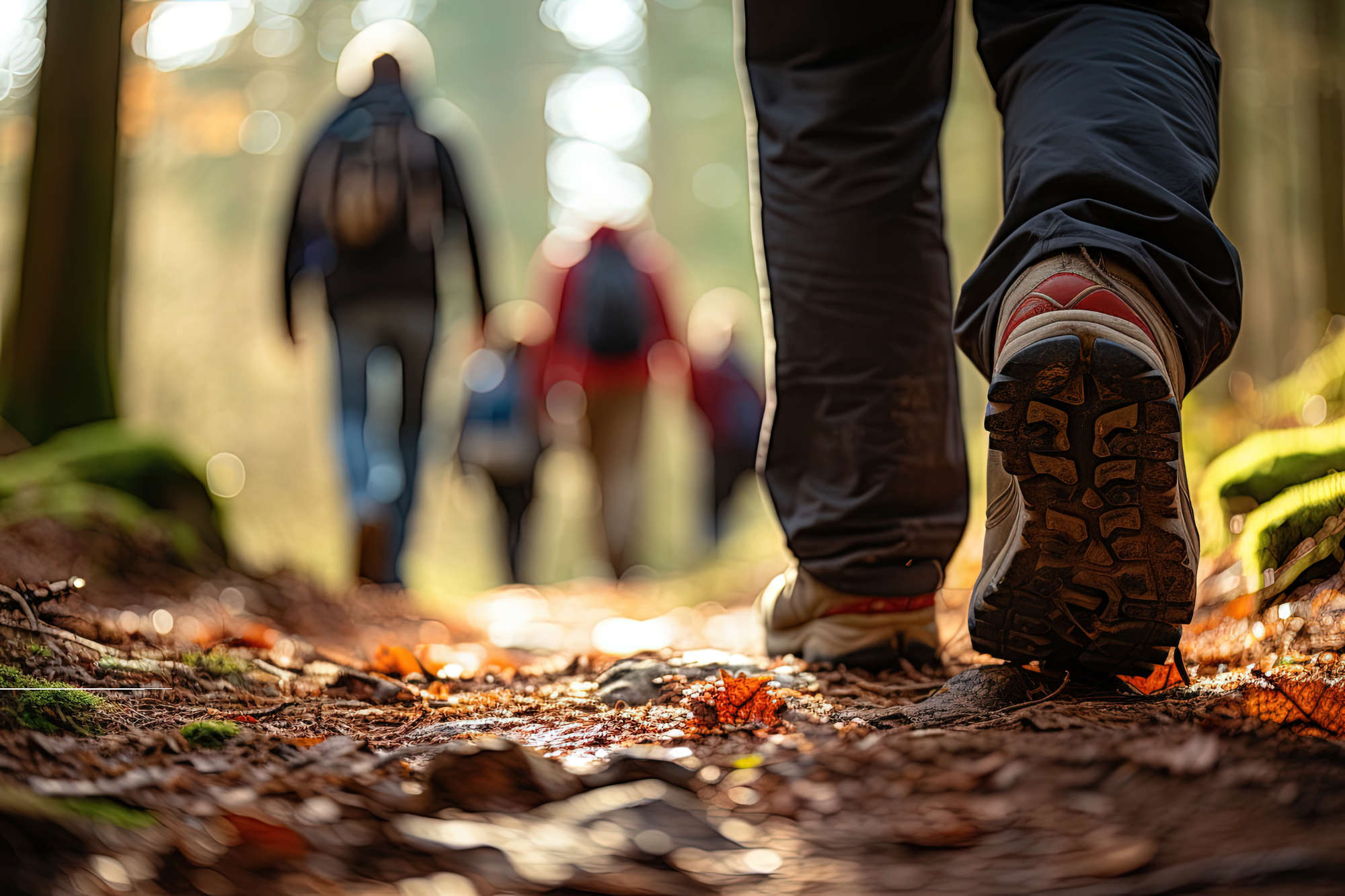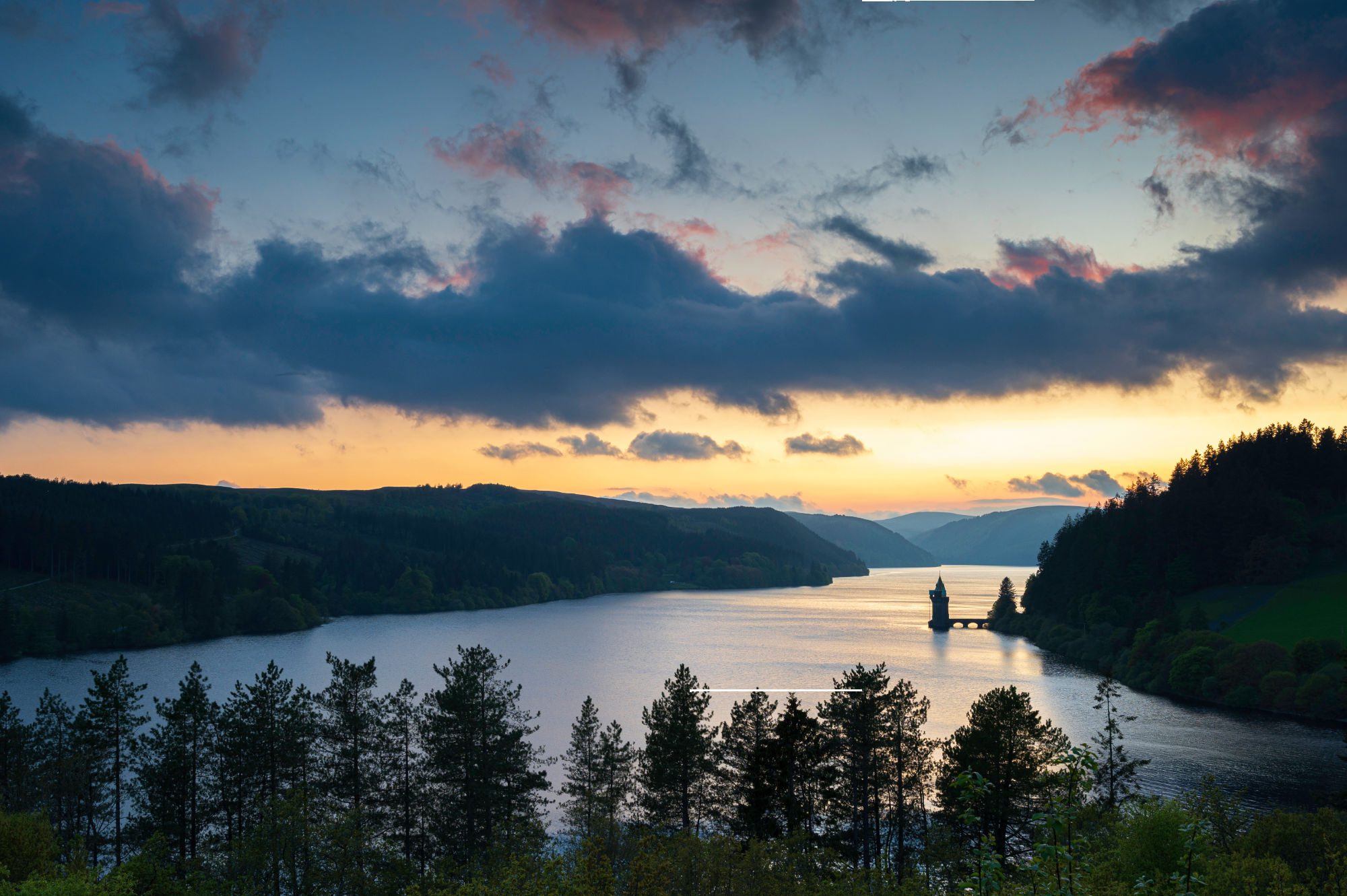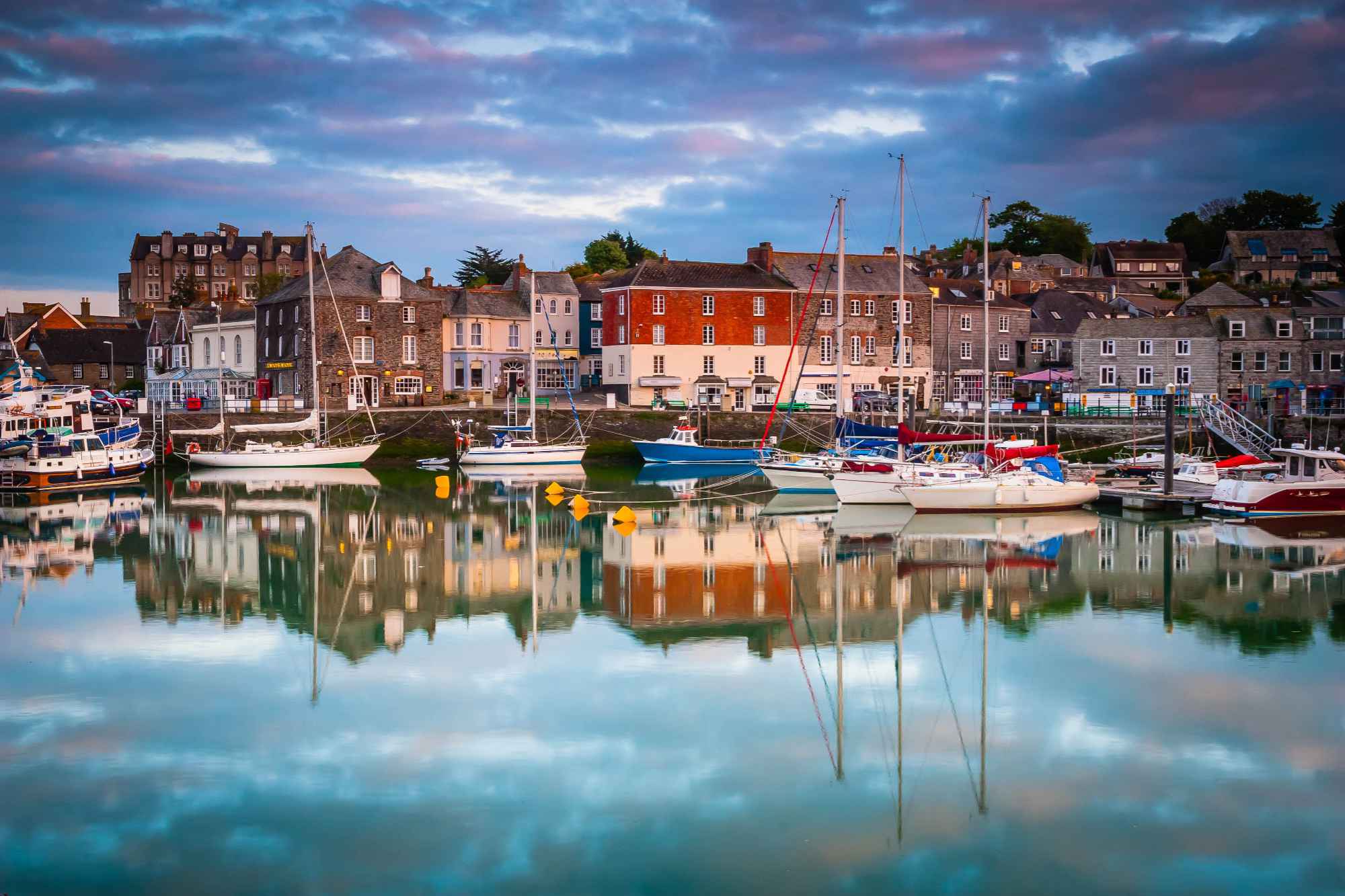Follow your own (tow)path
Canals have been a fixed part of the landscape for centuries. The UK was the first country in the world to establish a nationwide network of canals, a maze of manmade waterways that became one of the driving forces of the Industrial Revolution. At its peak, there were thousands of miles of canals snaking across the map, helping to transport countless tons of goods and raw materials, not to mention people, from A to B.
Their role as conveyors of cargo is now greatly reduced, of course — you’re infinitely more likely to see a fairground-lettered, flowerpot-covered narrowboat than a shipment of freight — but the canals themselves are an indelible part of the British outdoors, blue lines permanently etched into the contours of the countryside.
For outdoor-lovers, their appeal is obvious. Canals are now associated not with industry but with relaxation, escape and wildlife. Many stretches are sedate and scenic, and because most towpaths are fairly flat and level, they can be an excellent option for walkers and cyclists, not least those who depend on accessible trails.
The Canal & River Trust is a charity that was set up in 2012 to replace the now-defunct British Waterways. It has stewardship of a 2,000-mile network of canals, rivers, reservoirs and docks across England and Wales, and its main aims include strengthening local communities, connecting wildlife habitats, and creating new routes to work and places to enjoy.
Its patron is His Majesty King Charles III and, as with YHA, much of its charitable work is possible thanks to the dedication of volunteers.
Nature and wildlife
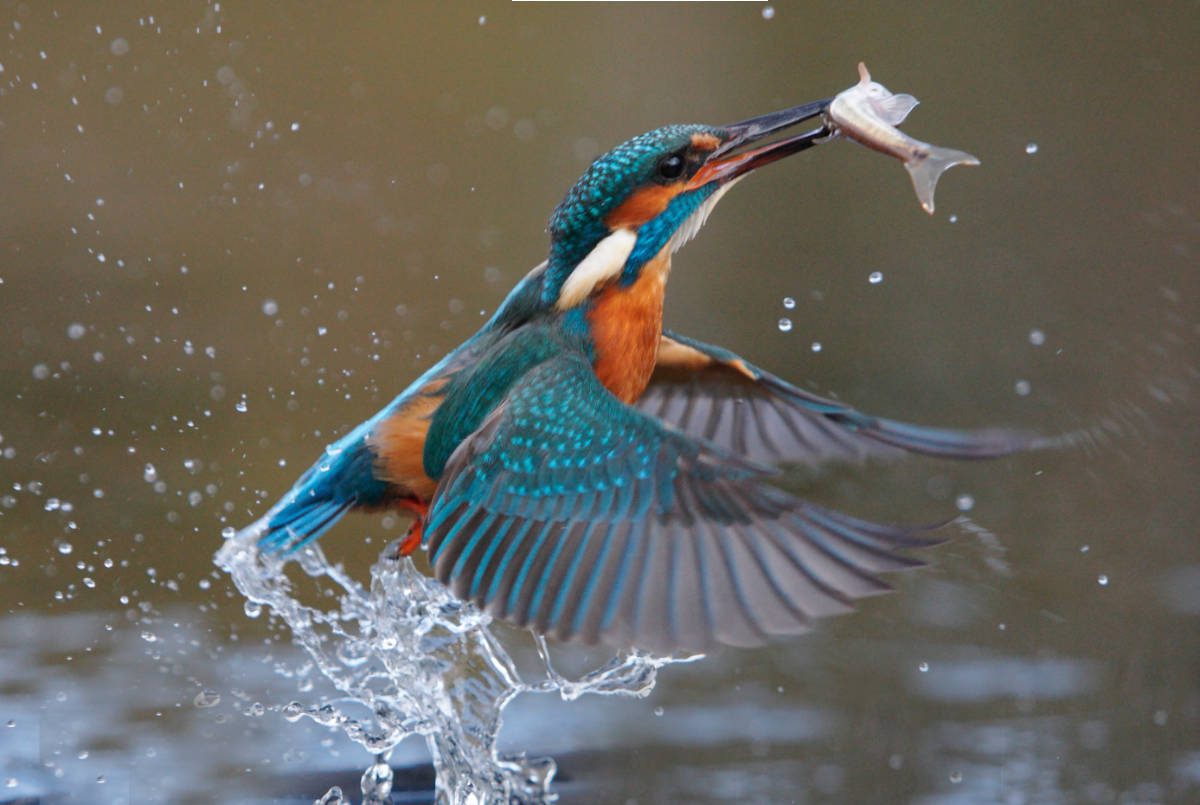
They might have been made for trade, but our canals have become richly diverse wildlife corridors. Here are six habitats to look out for.
Waterway banks
Moorhens and coots nest among the reeds and endangered water voles live in the softer verges — while herons and kingfishers keep an eye on movement under the surface.
Hedgerows
Common songbirds like blackbirds and robins are often heard above the canals, as are whitethroats, dunnocks and more than 25 other bird species.
Open water
Look out for waterbirds such as mallards, grebes, swans, pochards and tufted ducks.
Grassland
Wildflowers often proliferate on grassy canal verges, helping to attract large numbers of birds, bees and butterflies.
Scrubland
The mixture of blooming plants, low shrubs and damp ground provides a habitat for everything from dormice and frogs to the occasional shy otter.
Bridges, walls and buildings
Bats love older canal-side structures, not only because they provide plenty of nooks and crevices, but because the water’s surface attracts the insects they rely on.
Four canals to explore near YHA hostels
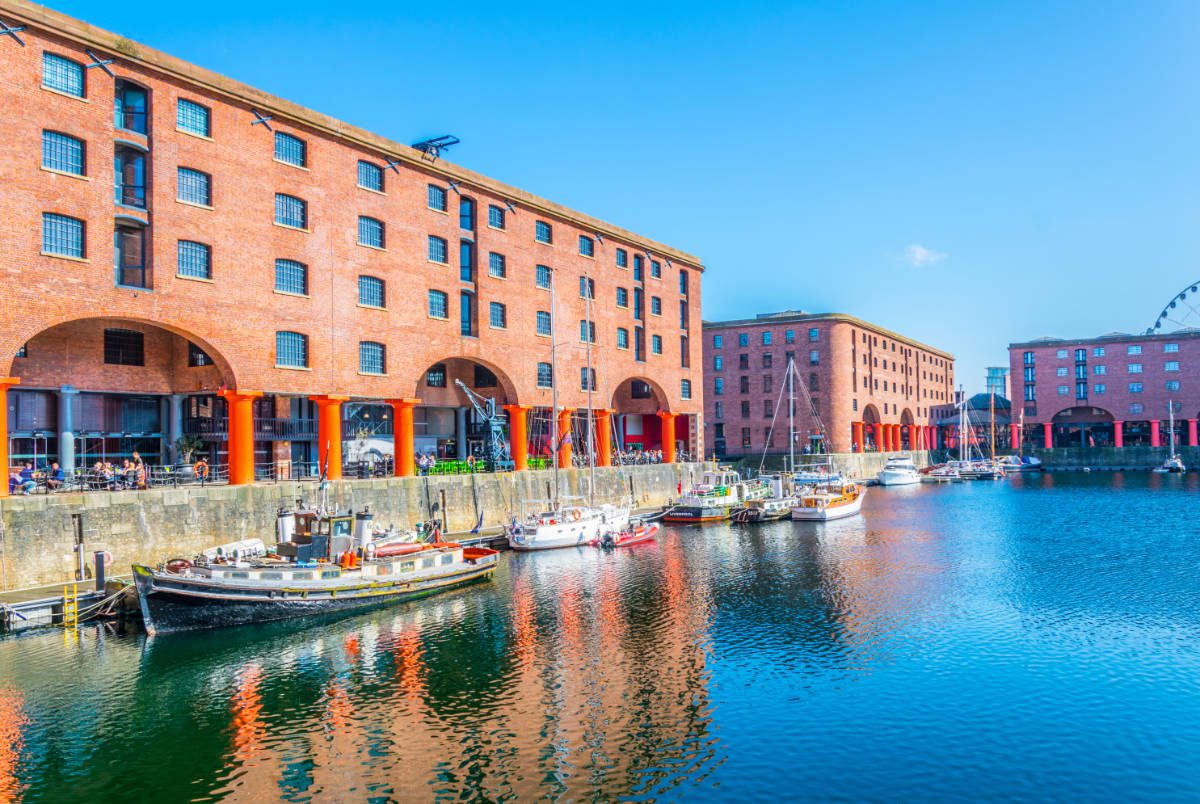
Leeds & Liverpool Canal
YHA Liverpool Albert Dock sits very close to one end of this 127-mile-long canal, which passes through the Pennines and skirts the Yorkshire Dales on its way to Leeds. Take a walk from the Eldonian Village — a cluster of red-brick houses near the city centre — to the Stanley Lock flight, or head further afield to a more rural stretch.
Stratford-upon-Avon Canal
Built between 1793 and 1816, and stretching for just over 25 miles between Birmingham and Stratford-upon-Avon, this modestly sized canal features a number of points of interest, including historic Bancroft Basin — in the heart of Stratford itself — and the conservation area of Wootton Waven. YHA Stratford-upon-Avon provides a handy base, a short walk from town.
Monmouthshire & Brecon Canal
Informally known as the Mon & Brec, this 35-mile-long canal runs through the Brecon Beacons National Park, being easily walkable for much of its length. The Taff Trail Cycle Route between Cardiff and Brecon also incorporates a few miles of the canal towpath. YHA Brecon Beacons Danywenallt is close by.
Bridgewater Canal
YHA Manchester stands a pebble’s flick away from one end of this 39-mile canal, originally built 250 years ago to transport coal but now a magnet for everyone from walkers and fishers to paddle-boarders and kayakers. It’s possible to walk the whole length of the towpath, and cycling is permitted on certain stretches.
A splash of colour
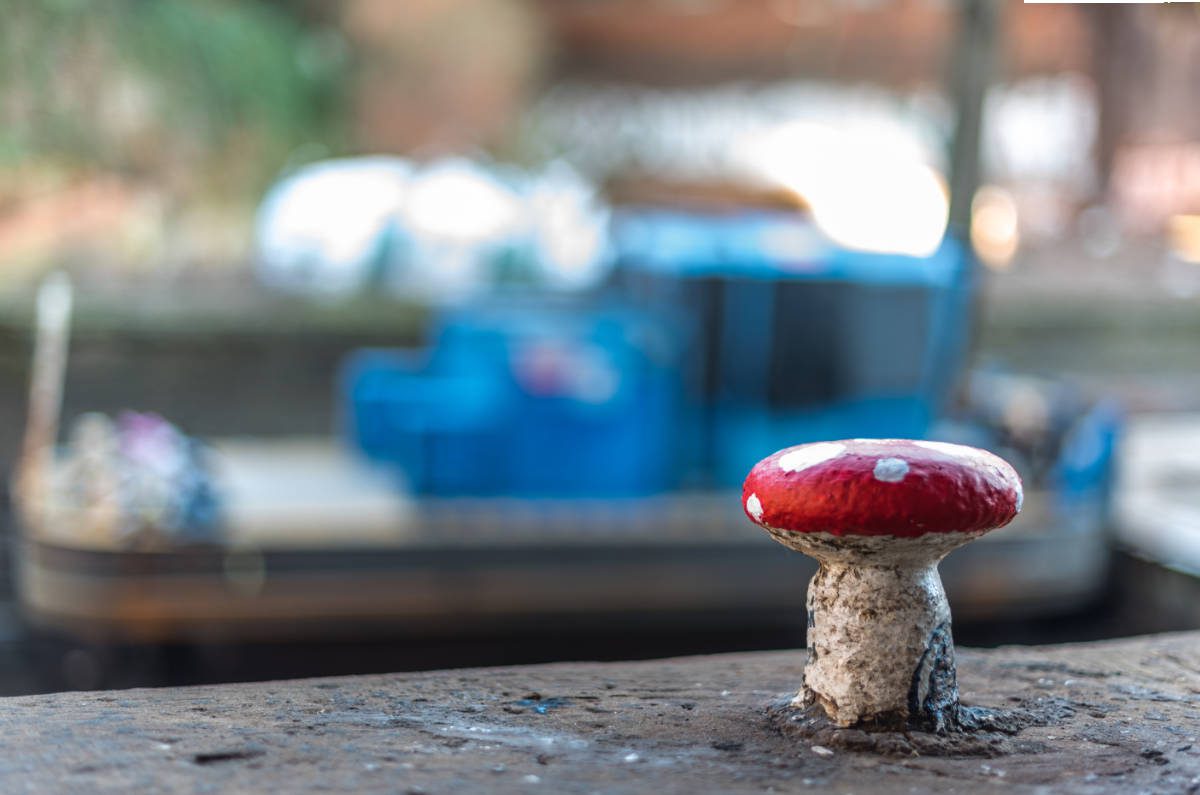
Of course, not every mile of every canal is a vision of dabbling ducks and water meadows. Some sections — particularly in and around cities — can become neglected and unattractive. An initiative by the Canal & River Trust has aimed to combat this by replacing graffiti-smeared stretches with works of art by talented local street artists. The benefits have already started to be felt on urban canal-sides from Manchester and Liverpool to London and Leicester.
The Canal & River Trust’s Towpath Code
Please be thoughtful and considerate when using towpaths.
The following applies:
- Pedestrians have priority.
- Cyclists must slow down for others.
- Take extra care when passing people, pets and wildlife.
- Respect people using the waterway for activities like angling, boating or paddle sports.
- Wheelchairs, mobility aids, cycles and legal e-bikes are allowed.
- E-scooters, motorbikes, modified e-bikes and other unauthorised vehicles are not allowed.
- Keep dogs under close control and clean up after them.
- Take litter home.
Photo credit: Adobe stock – harlequin9 / Erni / dudlajzov / Valentin
Read next: Nine hostels (mostly) in the mountains
